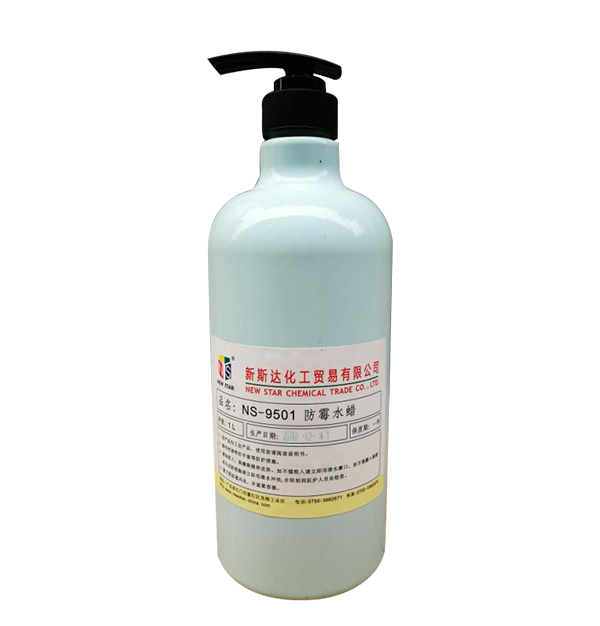Cyanide free alkali copper: a brief discussion on the efficacy principle of electroplating additives
Electroplating additives include inorganic additives (such as cadmium salt for copper plating) and organic additives (such as coumarin for nickel plating). Most of the electroplating additives used in the early stage were inorganic salts, and then the organic matter gradually gained a dominant position in the electroplating additive army. According to function classification, electroplating additives can be divided into brighteners, leveling agents, stress relief agents and wetting agents. Additives with different functions generally have different layout characteristics and effect mechanisms, but multi-functional additives are also common. For example, saccharin can be used as both a brightener for nickel plating and a commonly used stress relief agent; Moreover, additives with different functions can also follow the same effect mechanism.
The effect and effect mechanism of electroplating additives is that the electrodeposition process of metals is carried out step by step:
01. The electroactive material particles are moved to the outer Helmholtz layer adjacent to the cathode for electroadsorption,
02. The cathode charge is transferred to the desolvated ions or abbreviated ions adsorbed on the electrode to form adsorbed atoms,
03. The adsorbed atoms move on the electrode surface until they are incorporated into the lattice.

The above-mentioned first plastic plating process or the process of vacuum plating process will generate certain overpotential (respectively, moving overpotential, activation overpotential and electrocrystallization overpotential). Only under a certain overpotential can the electrodeposition process of metal have a sufficiently high grain nucleation rate, a medium charge moving rate and a sufficiently high crystallization overpotential, and then ensure that the plating layer of the product is flat, fine and glossy, and the combination with the base material is robust. The proper plating additives can improve the over potential of metal electrodeposition, and provide a solid guarantee for improving the coating quality and product quality.
Loose control mechanism in most cases, the looseness of additives to the cathode (rather than the looseness of metal ions) determines the electrodeposition rate of metals. This is because the concentration of metal ions is generally 100-105 times the concentration of additives. For metal ions, the current density of electrode reaction is far lower than its limit current density. In the case of loose control of additives, most of the additive particles are loose and adsorbed on the protrusions, active sites and special crystal surfaces with large surface tension of the electrode, causing the adsorbed atoms on the electrode surface to move to the depressions on the electrode surface and enter the lattice, and then play the role of leveling the bright light.
Non loose control mechanism according to the non loose elements occupying the control position in electroplating, the non loose control mechanism of additives can be divided into electro adsorption mechanism, complex formation mechanism (including ion bridge mechanism), ion pair mechanism, modified Helmholtz potential mechanism, modified electrode surface tension mechanism and so on.
Source: cyanide free alkali copper http://www.newstar-china.com
-
04-14
Wax removal environmental cleaning agent: industrial wax removal cleaning agent
During industrial production and processing, various kinds of dirt will be formed on the surface of equipment and workpiece, and these dirt need to be cleaned with corresponding industrial cleaning ag
-
12-13
Dewaxing environmental cleaning agent: how to use dewaxing water and oil powder to clean stainless steel!
How to clean stainless steel with dewaxing water and degreasing powder!During the production of stainless steel products, many different stains will be attached to the surface, but the surface of the
-
11-09
Cyanide free alkali copper: maintenance method for cyanide free copper plating
Maintenance method of cyanide free copper platingWith the development of science and technology, the surface treatment solution is constantly updated. The cyanide free copper plating additive of Renc
-
06-30
Wax removal environmental cleaning agent: industrial wax removal cleaning agent
During industrial production and processing, various kinds of dirt will be formed on the surface of equipment and workpieces, and these dirt need to be cleaned with corresponding industrial cleaning a
 +86-750-3882671
+86-750-3882671 +86-138-2233-1726
+86-138-2233-1726